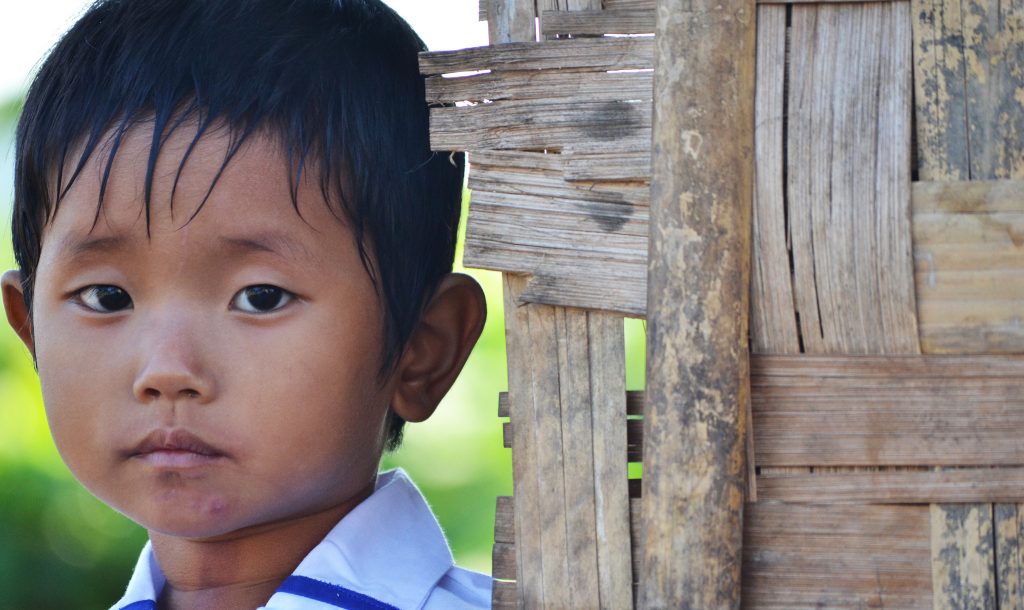Helen Mears details the many hardships faced by Kachin refugees in Malaysia.
While eclipsed in number by the large populations displaced by conflict from the Kachin region and stranded in camps along the Myanmar-China border, Kachin refugees in Kuala Lumpur, Malaysia, are also facing increasingly untenable living conditions. Given little attention by press and media and lacking the support of non-governmental organisations and charities, it is not surprising that many characterise their situation as like that of ‘orphans’, ‘people who don’t have help from other people,’ as one community leader described.
Malaysia hosts one of the largest urban refugee populations in the world. At the end of August 2016, the United Nations High Commissioner for Refugees (UNHCR) reported the presence of 150,200 refugees and asylum seekers in the country, 90 per cent of which hail from Myanmar. The Kachin, one of Myanmar’s eight ‘major national ethnic races’, form a discrete community of some 3-4,000 individuals, with the majority of Myanmar refugees identifying as Rohingya (53,900) or Chin (42,710).
While offering a viable destination to those escaping discrimination and conflict motivated by ethnic and religious divisions in Myanmar, Malaysia is hardly a safe house. Its domestic laws extend few rights or protections to refugees. It has not ratified the 1951 Convention relating to the Status of Refugees or the 1967 Protocol. Refugees thus receive the same treatment as the country’s estimated one million illegal foreign workers.
This lack of legal recognition means that refugees are unable to obtain residence or work permits; they are excluded from the formal economy and are denied driving or trading licences; they cannot open bank accounts; refugee children cannot attend government schools; and refugee access to healthcare services is limited and expensive. The criminalisation of refugees – and consequent lack of access to legal recourse – also makes them vulnerable to detention, extortion and crime.
My research with Kachin refugees living in Kuala Lumpur found them ‘living at the traffic lights’. Most are looking to the UNHCR to provide a route out of their difficult living conditions. Of the UNHCR’s three durable solutions for refugees – voluntary repatriation; local integration; and resettlement – ongoing conflict in the Kachin region prohibits the first, and the lack of a legal framework governing the treatment of refugees in Malaysia the second, leaving only the increasingly remote possibility of resettlement.
Some 3,000 Kachin refugees have been resettled by the UNHCR, most in the United States under a group resettlement scheme, the call for which closed in 2010. For those who came seeking safety after this date – and many came following the violent breakdown, in June 2011, of a ceasefire agreement between the Myanmar government and the Kachin Independence Organisation – only those at an identified heightened risk (for example, with a critical health condition) will now qualify for resettlement.
Currently just 15 per cent of the Kachin community possess a UNHCR refugee identity card, which provides a precious modicum of protection. The remainder await their call for interview, at which their right to refugee status will be determined, but chronic underfunding of the UNHCR and the prioritising of the Rohingya for refugee processing, means a waiting time of several years. In the meantime, Kachins in Kuala Lumpur inhabit a precarious existence. Many are forced to take low-paid and insecure employment in restaurants and shopping malls, where regular police checks put them at risk of arrest and deportation.
Even on the street refugees are not safe. My interviews with Kachin individuals found that the experience of being stopped and fined by Malaysian police officers was common, particularly amongst those who do not hold a UNHCR identity card. If unable to pay the fine levied refugees risk being sent to one of the country’s twelve immigration detention depots. Conditions at some of these have been described as amongst the worst in the world.
Despite the many hardships faced by the Kachin community in Kuala Lumpur, members find solace in their unique kinship system, which binds together Kachins at home and overseas, their shared language and cultural practices and their strong Christian faith. Disregarding the risks posed by the display of a non-Malaysian, non-Muslim identity, on Sundays all those that can attend church services in borrowed venues across the city. Many wear the head cloths, skirt cloths and bags that remain a proud marker of their Kachin heritage.
While most – having experienced at first hand the punitive excesses of the Myanmar military – remain skeptical about current political developments in Myanmar, some try to find a positive outcome from their immersion in the highly diverse urban environment of Kuala Lumpur. One youth leader described his own sense of political awakening. Before arriving in Malaysia, he said, Kachin people ‘didn’t know what was going on in the world’. But, the experience of living in the city, mixing with different people, ‘makes us hungry for our freedom’.
Helen Mears is a UK-based museum curator and doctoral student at the University of Brighton, UK. Her doctoral research is concerned with cultural practices amongst overseas Kachin communities.
The research described received funding from the College of Arts and Humanities, University of Brighton, and was supported by the Malaysia Kachin Baptist Church and Kachin Refugee Committee.
 Facebook
Facebook  Twitter
Twitter  Soundcloud
Soundcloud  Youtube
Youtube  Rss
Rss 